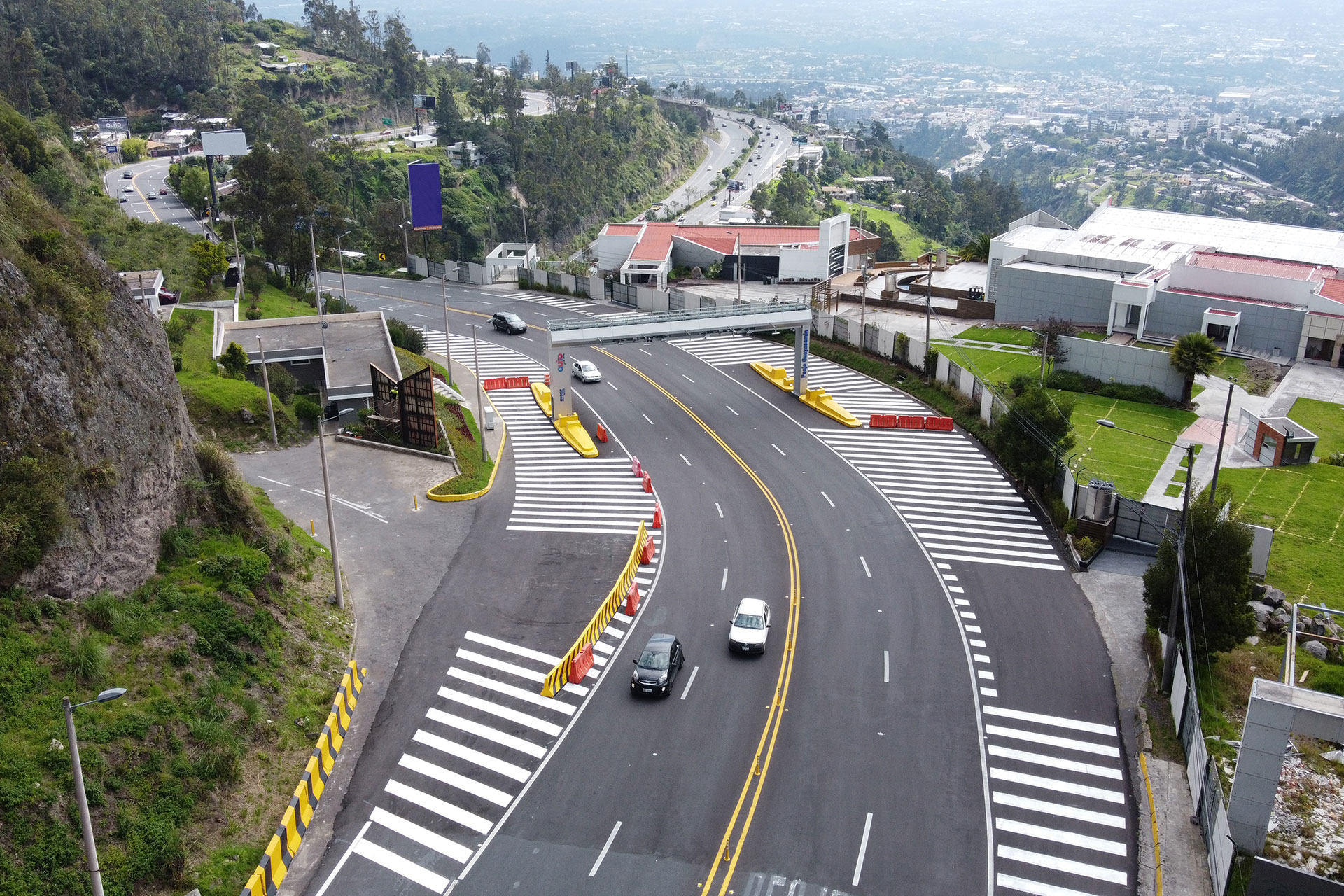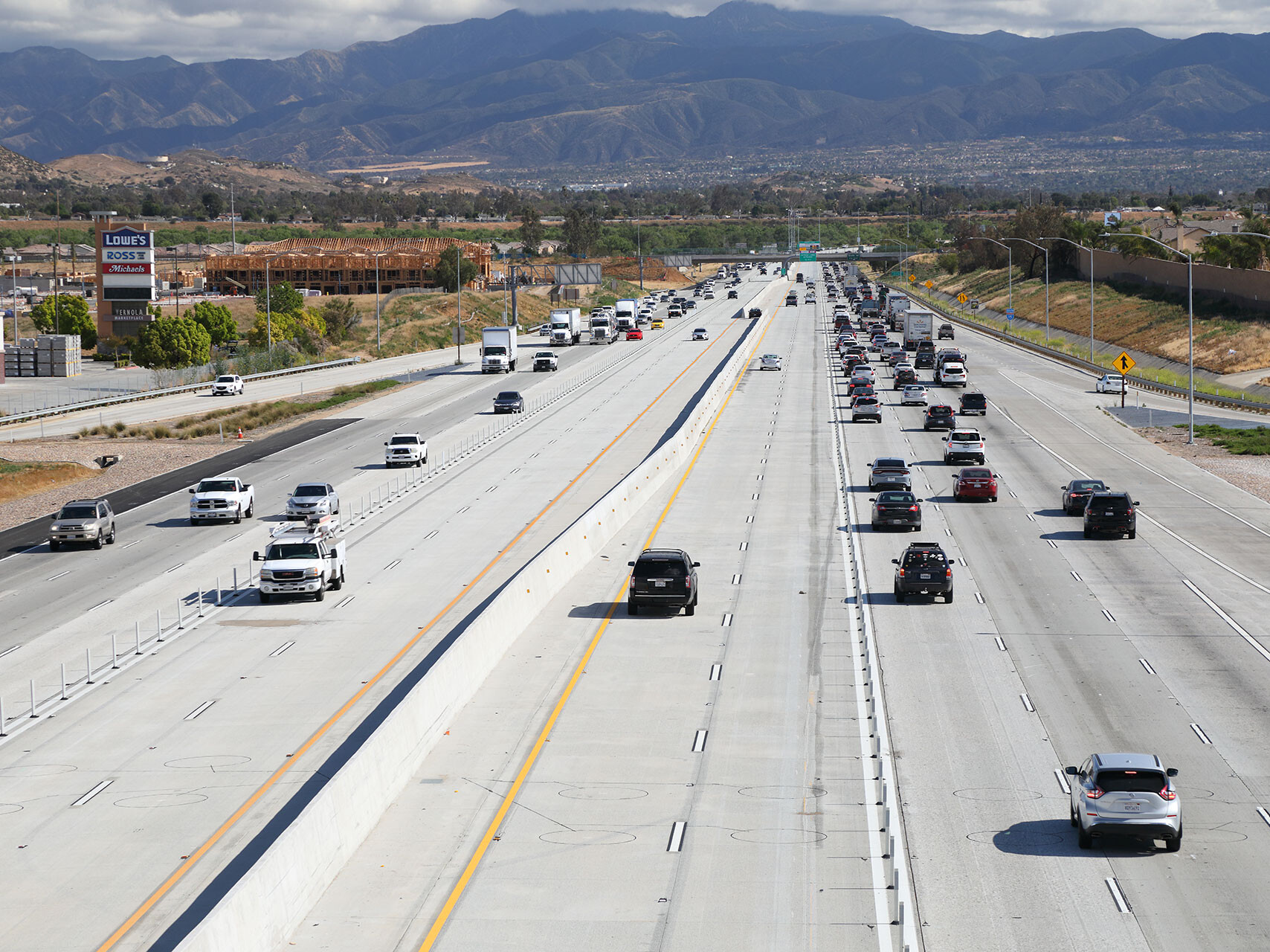Kapsch TrafficCom invests heavily in R&D, ensuring that our technology portfolio is always ahead of current market needs. This means that our technology portfolio already supports infrastructure-less tolling, Road User Charging (RUC) and other major tolling innovations that are enhancing revenue collection and road user experiences.
The latest generation of tolling technology is transforming the way roads are being used and paid for. That means authorities and concessionaires can deliver more value for end users than ever before, while maximizing their operating efficiency.
Kapsch TrafficCom delivers this vision with:
- Low-risk migration to barrierless tolling with the skills and experience needed to help authorities and concessionaires adopt Multi-Lane Free Flow tolling (All Electronic Tolling)
- An industry-leading, end-to-end technology portfolio for reliable, efficient, highly automated operations
- Strategic business support that helps to unite public and private stakeholders for successful project design and delivery
- Distance-based tolling and Road User Charging (RUC) based on industry-leading geo-location and video enforcement capabilities
- Decades of industry experience with six national tolling projects and dozens more local projects delivered worldwide








